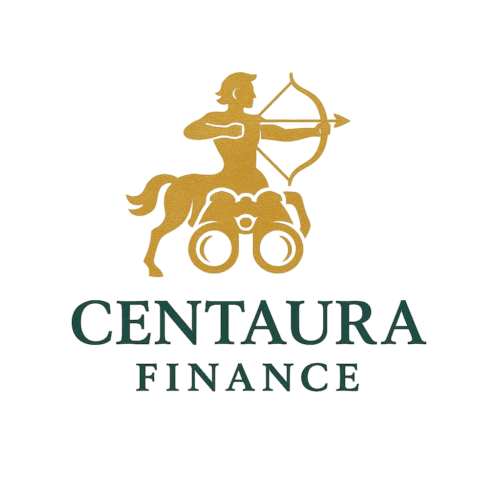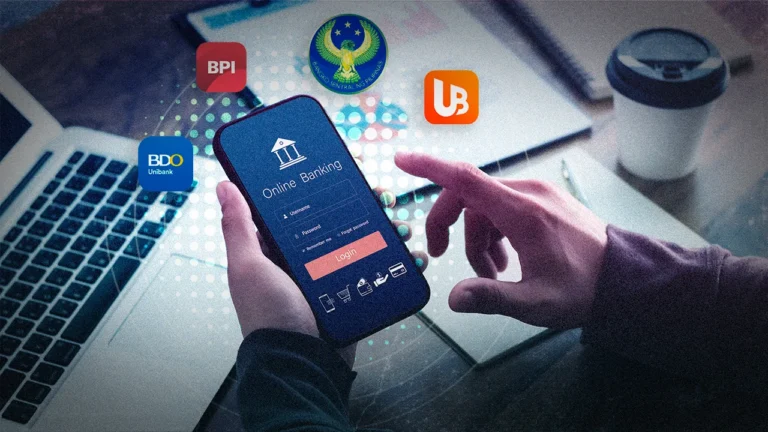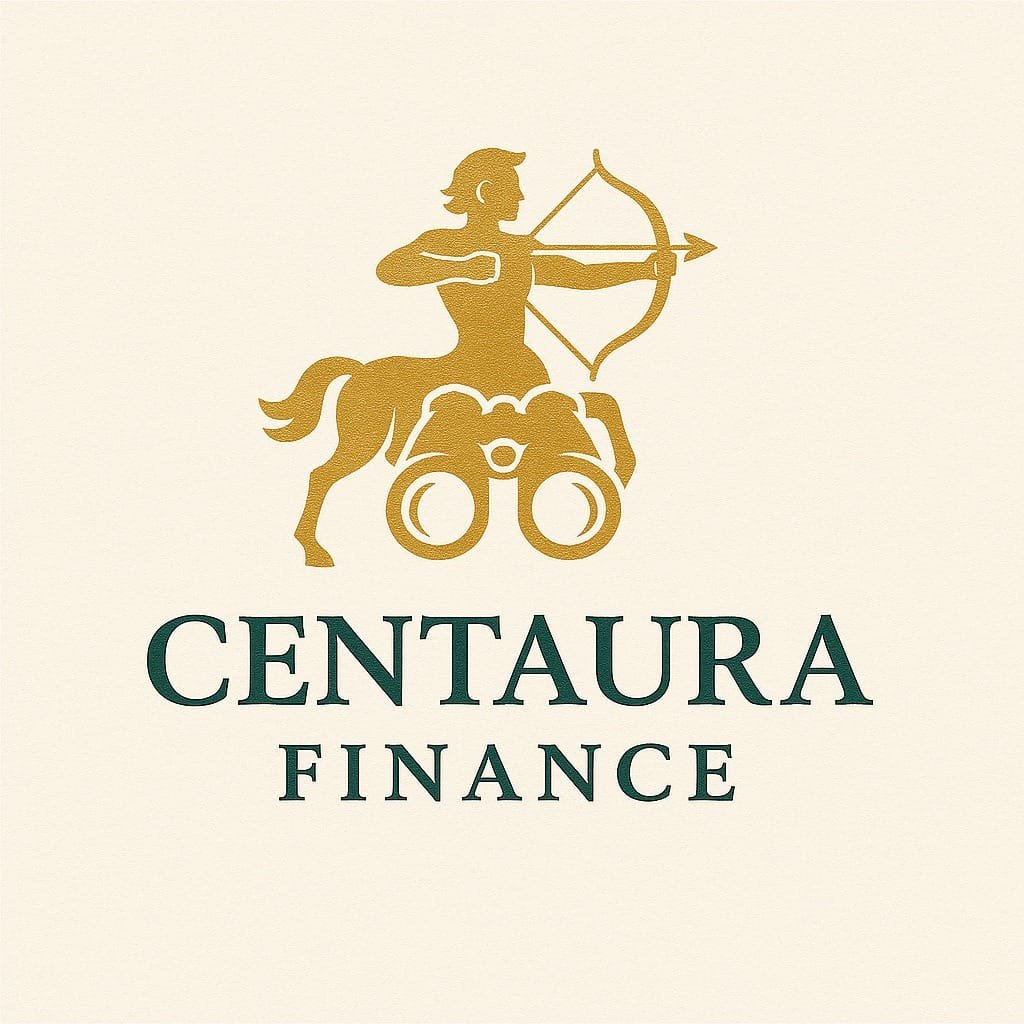Your Bank Shouldn’t Feel Like a Burden
If you’ve ever waited on hold with a bank for 45 minutes to ask why you were charged $35 for a “maintenance fee”, you’re not alone.
In 2025, millions of Americans are fed up with outdated apps, hidden fees, and the feeling that traditional banks don’t get them. That frustration is turning into action. People are closing their old accounts and moving to neobanks.
And it’s not just younger people or tech lovers making the shift. From gig workers to retirees, more Americans are discovering that banking doesn’t have to be painful anymore.
What Are Neobanks, Exactly?
Neobanks are digital-only financial institutions. They operate entirely online, usually through mobile apps or web platform,s and offer services like:
Checking and savings accounts
Direct deposit and bill pay
Budgeting tools
Instant transfers and alerts
Early access to paychecks
Unlike traditional banks, neobanks don’t have physical branches. This helps them cut costs and pass the savings on to users through lower fees and smarter features.
Why Are Neobanks So Popular in the U.S. Right Now?
Let’s break it down in a way that makes sense—with real benefits, real emotions, and real experiences.
1. The Cost of Banking Got Out of Hand
The average American pays $14.76 per month in bank fees, according to Bankrate. That’s nearly $180 a year—for what, exactly?
Traditional banks charge for:
Monthly maintenance
Overdrafts
ATM usage
Wire transfers
Paper statements
Neobanks are flipping the script with:
No monthly fees
Free overdraft protection (up to a limit)
Fee-free ATMs through networks like Allpoint
No hidden charges
It’s simple: people are tired of paying for basic banking, especially when budgets are tight and inflation’s still biting.
2. People Want More Control Over Their Money
Americans are increasingly managing multiple income sources:
A paycheck here, a DoorDash gig there, some side hustle earnings on the weekend.
Neobanks make that easier with:
Real-time notifications
Categorized spending insights
Round-up savings
Instant money transfers
You don’t need to wait 48 hours for pending charges to clear or guess how much you actually have. It’s all live, all in-app.
3. Early Direct Deposit Changed the Game
Imagine getting your paycheck two days early, every time. Sounds small, but for many Americans living paycheck to paycheck, that’s a game-changer.
Neobanks like Chime, Current, and Varo offer early direct deposit when you set up payroll.
It’s not just convenient—it’s relief. It helps cover rent on time, manage gas money, or avoid a late fee by a day or two.
4. Built for Mobile-First Users
Let’s be real: nobody wants to go into a branch unless they absolutely have to.
Neobanks are designed from the ground up to be used on your phone, not just “adapted” for it.
That means:
Fast, clean interfaces
Face or fingerprint login
Smart alerts for spending and saving
Features like card freeze/unfreeze in one tap
Even older users are embracing the ease. Once you try banking without lines, lunch break closures, or faxed paperwork, it’s hard to go back.
5. Customer Service That Doesn’t Feel Robotic
Ever tried resolving an issue with a big bank? You get tossed between departments, wait on hold, and explain your problem three times.
Neobanks are doing better:
24/7 live chat support
Friendly, casual communication
In-app help without long calls
Some even use AI chatbots that actually work
One user said:
“I messaged support at 2 a.m. when I lost my card—and they responded in five minutes. That would never happen with my old bank.”
6. They Speak the Language of Everyday Americans
Traditional banks still write like it’s 1980:
“Please refer to the attached Statement of Account for your recent activity. Should you require further assistance…”
Neobanks say:
“Hey! You spent $65 on groceries. Want to set a budget for food?”
The tone is lighter, human, and easier to understand, especially for folks with financial anxiety or low financial literacy. That emotional connection matters.
7. Banking Without Barriers
A shocking number of Americans are still unbanked or underbanked, especially those with bad credit, no credit, or past issues with ChexSystems.
Neobanks are more inclusive. Many don’t check your credit to open an account. Some offer second-chance banking, debit cards without SSNs, or basic accounts for teenagers.
It makes people feel seen, not penalized for their past.
8. Perfect for Freelancers, Side Hustlers, and Creators
In 2025, over 70 million Americans work in the gig economy. That includes Uber drivers, Instacart shoppers, Etsy sellers, and TikTok creators.
Neobanks are built for them. You’ll find:
Early pay for gig earnings
Separate accounts for business income
Tax and expense tracking
Invoicing tools (on some platforms)
Traditional banks still cater to W-2 workers. But neobanks? They’re the new headquarters for hustle culture.
9. Transparency Builds Trust
People don’t want surprises with their money.
Neobanks show:
Exact fees (if any)
Real-time balances
Instant card activity
Simple terms and conditions
Compare that to traditional banks, where you might learn about a $35 overdraft only after your rent payment bounces.
10. It Just Feels… Better
For many users, switching to a neobank feels like leaving a toxic relationship.
No more:
Branch visits that feel like court hearings
Judgment from bankers
Outdated systems that crash on payday
Instead, it’s:
Banking that fits your lifestyle
Support that actually helps
Tools that make money management easy
And here’s the emotional truth: people feel in control again.
U.S. Neobank Favorites in 2025
Here are a few of the top players Americans are using this year:
| Neobank | Key Features |
|---|---|
| Chime | Early pay, no fees, SpotMe overdraft |
| Current | Cash back, teen banking, and budgeting tools |
| Varo | Savings boosts, credit building, and 2-day early pay |
| SoFi | Loans, investing, and credit score tracking |
| Revolut | Multi-currency accounts, crypto, and stock trading |
Each has its vibe and focus. Some lean toward savings, others toward investing, but they all offer better control and fewer headaches than legacy banks.
But Are Neobanks Safe?
Yes—and here’s why:
Most U.S. neobanks are FDIC-insured through partner banks like The Bancorp Bank or Stride Bank.
They follow strict digital security standards, including encryption and multi-factor authentication.
Many offer instant card lock and fraud monitoring as a default.
Still, it’s smart to:
Check who they’re partnered with
Read real reviews
Avoid giving personal data to unverified apps
What Are the Drawbacks?
Nothing’s perfect. Some issues include:
Cash deposits can be limited (some partners with stores like Walgreens or CVS).
No face-to-face help, which some users still prefer.
Limited product range, like fewer mortgage or business loan options (although this is changing fast).
For most people, though, the benefits outweigh these gaps, especially if you live on your phone anyway.
What Does the Future Hold?
In 2025 and beyond, expect:
More integrations with tax, investing, and payment tools
Better credit-building options for underbanked Americans
Smarter AI-powered insights that guide your money habits
Increased regulation that ensures safety without killing innovation
Neobanks won’t replace all traditional banks (at least not yet), but they will keep winning market share—because they understand the average American better.
Final Thoughts: Why Now?
Neobanks are more than a tech trend. They’re an emotional shift.
They represent:
Freedom from fees
Control is in your hands
A fresh start for many
In a world where financial stress is everywhere, having a bank that feels supportive—not punitive—makes a difference.
So if your bank still treats you like an account number, not a person… it might be time for something better.


